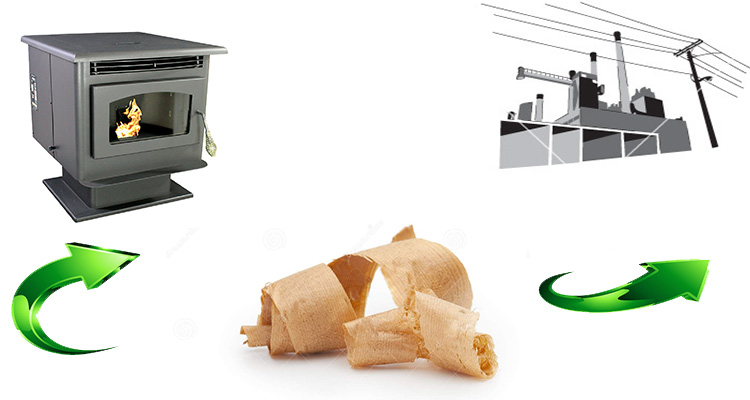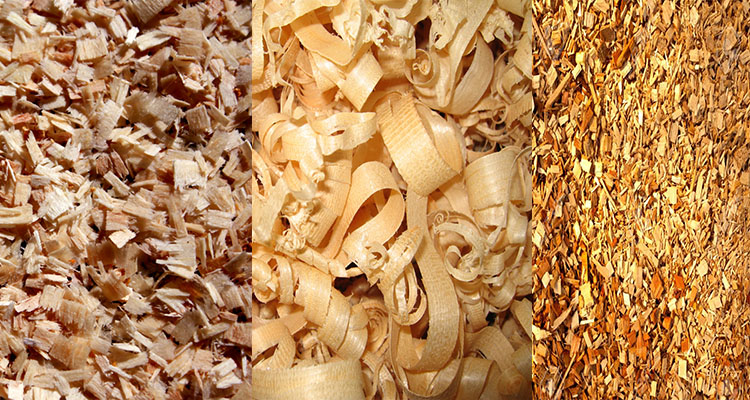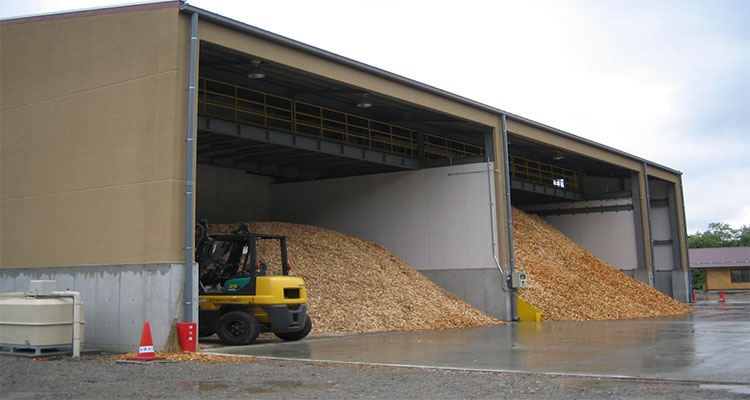
Wood Pellet Gossips
The utilization of wood pellet can be traced back to 1930s. At first, wood pellet is just a by-product of sawmills and pulp & paper industry, due to its large raw material range e.g. wood shavings, wood chips, sawdust, bark and other wood wastes. As the popularity of the wood pellet is growing, it has become an actual trading commodity, and even a blooming industry.
During the oil crises in 1970s, Europe and North America countries are looking for a new substituted fuel to reduce the world’s energy dependency on fossil fuels. With an acknowledged combustion performance, environment friendly character and acceptable price, wood pellet is soon becoming popular in energy production. Nowadays, wood pellet is a main fuel for both industrial co-firing power stations and residential pellet stoves for heating, therefore, a large numbers of wood pellet plants has established around the world.
No matter how big the pellet plant is, the raw materials to make wood pellet is always a top concern for the wood pellet plant owners. Today we are talking about the application of wood shavings to make wood pellet.

Compare With Other Wood By-products
Saw mill is a factory where can cut the logs into lumber (or timber). There are three kinds of fine particle size wood by-products that are produced in the saw mill, sawdust, wood chips and wood shaving. They are all good feedstock to make wood pellet. But what makes wood shavings stand out? Let’s compare the production of these three raw materials and try to find the reason.
Sawdust
When the raw wood has been shipped into the saw mill, the workers need to do some initial sawing work, which created the sawdust.
Wood chips
After the initial sawing process, there are three types of wood products, the sawn timber, the sawdust, and the offcuts. Wood chips is created when the offcuts of no commercial value for saw mills put into a wood chipper.
Wood shavings
It is a kind of wood by-product that is created by the saw mills. After the initial sawing process in the saw mill, the logs are resized into sawn timber, but to be a commercial commodity, the sawn timber need to be drying and molding to maintain a specific size and smoother surface, which will create a large amount of wood shaving during the process.

Advantages of Wood Shavings
Low moisture content
Sawdust and wood chips are made by the initial sawing process, which makes their moisture content the same as the original logs. However, the wood shavings is created after the drying and moulding process, so the moisture content of the wood shavings is much more lower than the original logs. In this case, it is a perfect feedstock for the wood pellet manufacturers to reduce the capital input by cutting the initial drying system of their pellet plants.
Easy transportation
Compare to sawdust and wood chips, wood shavings is a material with a bigger and uniformed size. But the bulk density of wood shavings is similar to wood chips and sawdust.
Competitive price
As its position in the saw mill, the price of the by-products is extremely lower than other wooden feedstock. If you use logs and branches as a feedstock for wood pellet plant, your pellet plant must consist of drying system and wood chippers to reduce both the moisture and the size of the feedstock, which will definitely increase your capital input. It is a simply question, do you want to use your money to do the drying and cutting processes, or let the saw mill do it for you?

Storage note:
As the wood shavings have been seasoned before, so the most important thing for storage is to control the humidity of the warehouse in case that the wood shavings regains moisture!
